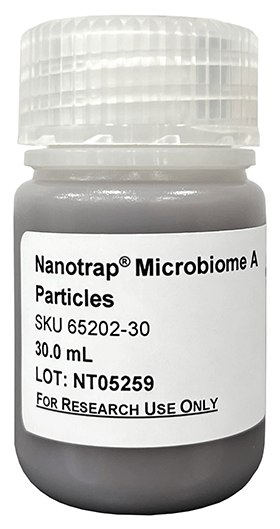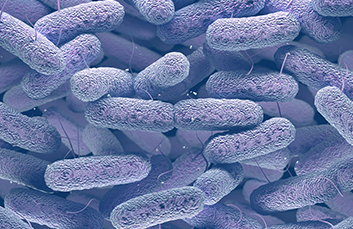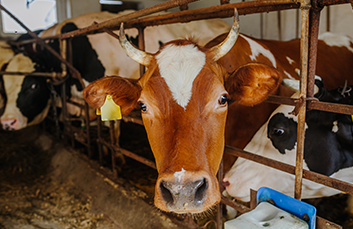WBE critical COVID tracking tool
Topics Featured
Wastewater Based Epidemiology (WBE) has become an important tool for tracking the level of SARS-CoV-2 viral load in communities, but inconsistent funding has led to gaps in WBE coverage, according to an Aug. 25, 2022, post from Kaiser Health News.
Since the start of the COVID-19 pandemic in the United States, more than 1,000 CDC-funded surveillance sites have become operational throughout the country, collecting wastewater
The value of WBE for COVID-19 tracking was made apparent in the early days of the pandemic as a leading indicator for viral spread in the community, as the virus was shed from infected individuals into wastewater several days before symptoms developed and positive test results confirmed infection. The leading indicators of WBE correlated highly with rates of positive test result reporting and later hospitalizations.
Currently, the availability of at-home COVID tests and the elimination or reduction of symptoms in vaccinated persons infected with SARS-CoV-2 has led to less positive test results being reported to public health officials, leading to artificially low viral activity in a community.
An example cited in the article is Clemson University in South Carolina. The university’s COVID-19 dashboard recently identified only 34 positive cases among the student body in a week and only 20 cases the week earlier. Dr. David Freedman, chair of Clemson’s Department of Environmental Engineering and Earth Sciences, who also runs the department’s COVID wastewater surveillance program, reported that viral load, as shown in the university sewage system, was much higher in the student body than the reported positive test results indicate.
The ability to track and monitor viral activity at the community level without the need for diagnostic testing is a powerful tool for informing early and effective public health responses to COVID-19 spikes. However, the limited and ad hoc funding for this type of testing has the effect of reducing the effectiveness of the overall WBE effort in tracking COVID-19. One solution to this problem would be consistent, long-term funding to support programs such as the CDC’s National Wastewater Surveillance System.
Nanotrap® Microbiome Particles (For Research Use Only. Not for use in diagnostic procedures.), distributed by Streck, offer a simple and rapid approach for concentration of SARS-Co-V-2 from large volume wastewater samples.



How can wastewater predict the future?

